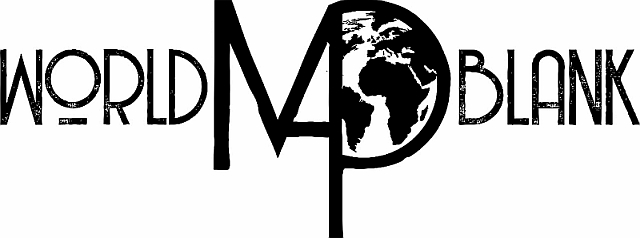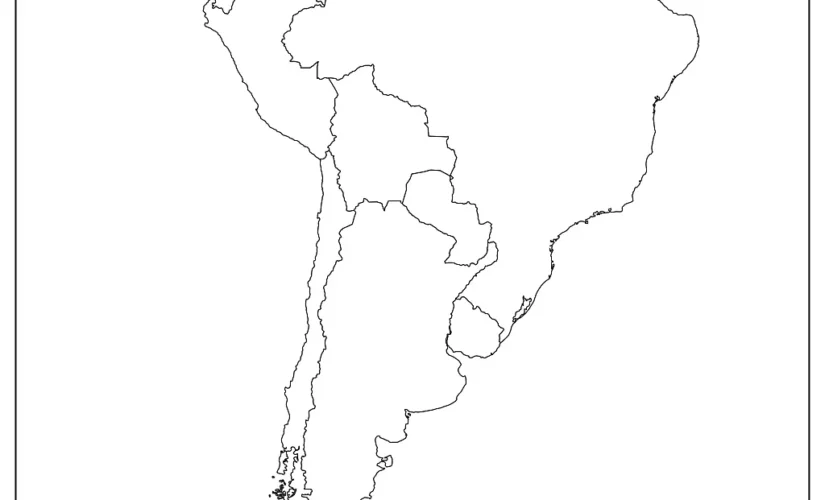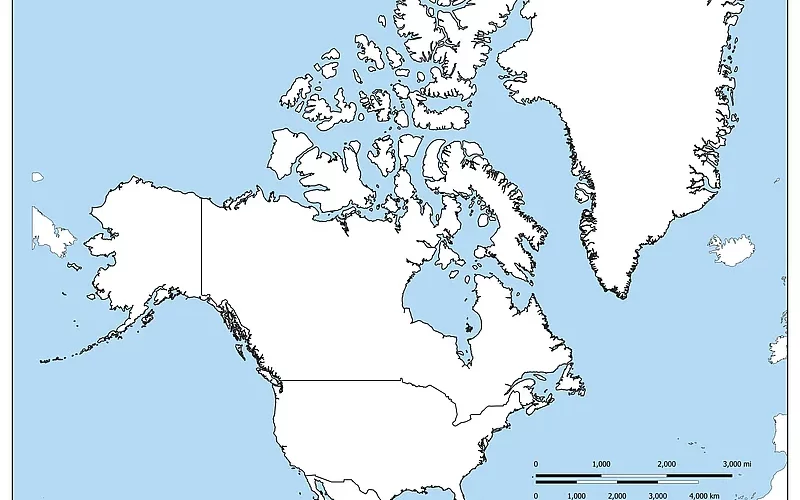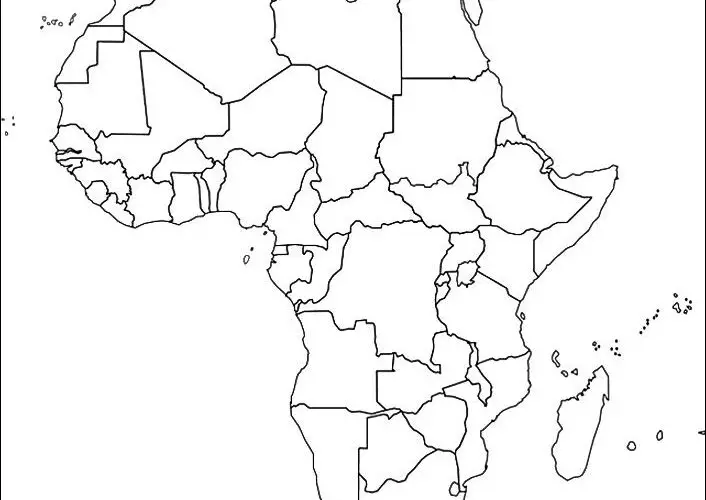EU Map Labeled – Map of the EU [PDF]
This article provides you with several versions of a free EU map or map of the European Union, focusing on the evolution of the EU and its member states. You can also download our history of the European Union PDF maps with timelines of the different stages in the development of the EU and its predecessors.
Additionally, we offer a Europe map with countries labeled and a blank map of Europe in different variations. As usual, all of the maps on this page can be downloaded for free as PDF files and used according to our licensing terms. You should also take a look at our Europe map worksheets with learning activities about the countries and capitals of the European continent.
Map of the EU
Our first map is a current European Union map with countries showing all its current member states with their relevant year of accession. This map also considers that the United Kingdom left the European Union in 2020 (“Brexit”).
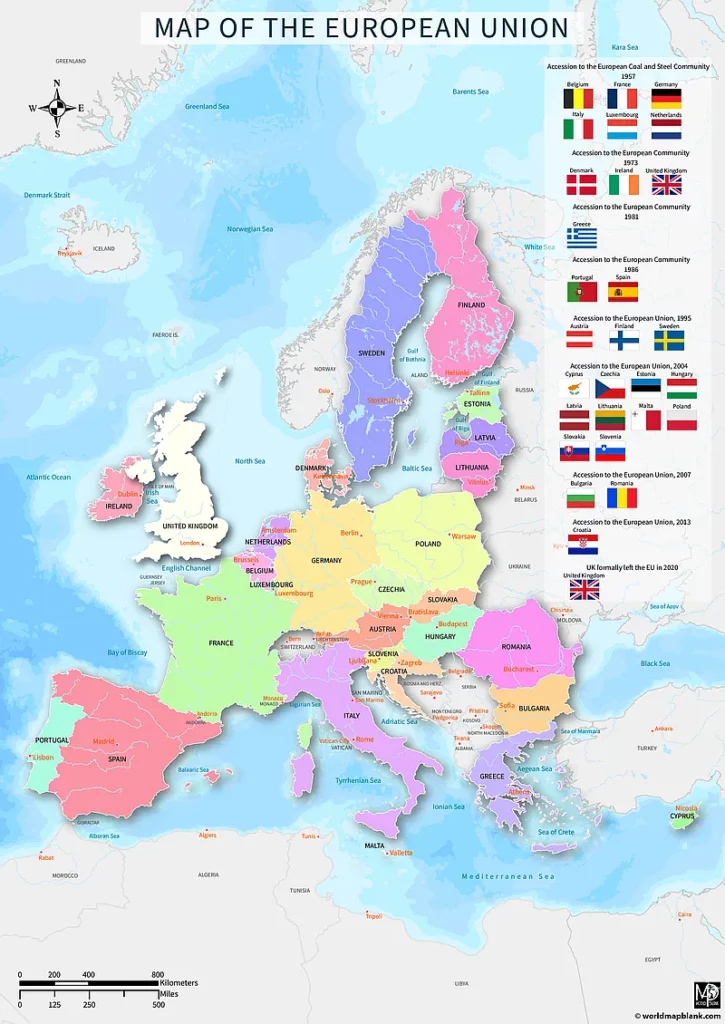
Download as PDF (A4)
Download as PDF (A5)
This first map highlights the European Union member states on a map of Europe. It also includes the capital cities of all EU member states and other countries. The flags on the right-hand side are accompanied by information about the year of accession to the European Union of all the member states. You can also download a slight variation of this map in the following section below. This variation includes all the flags of EU countries on the map itself.
EU Map with Flags
The following EU political map also includes the EU countries flags on every country. Apart from this, it shows the same features as the first map.
Later in this article, you will also find maps of the predecessors of the European Union, such as the European Coal and Steel Community and the European Economic Community. We also provide a graphic showing the current EU membership candidates (as of 2023).
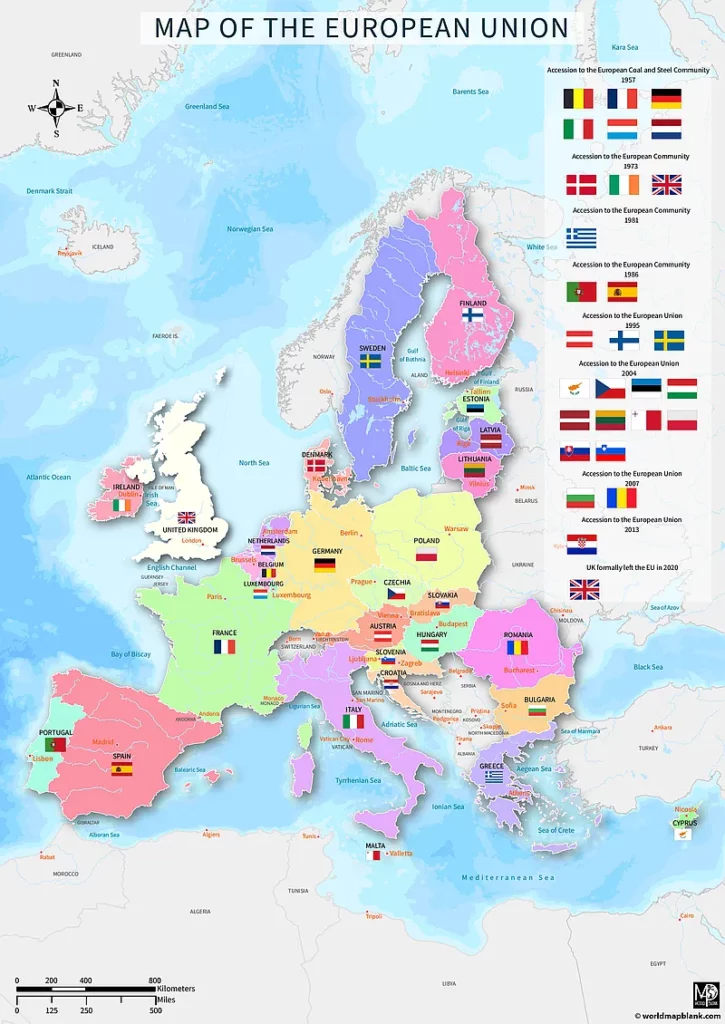
Download as PDF (A4)
Download as PDF (A5)
You can download all the maps from this page by clicking on the links below each image. All free PDF maps are provided in A4 and A5 format. We also offer a political map of Europe, including all the non-EU countries.
When was the European Union Created?
The European Union (EU) was formally established in 1992 with the signing of the Maastricht Treaty. This agreement expanded the scope of European integration beyond economic spheres, ushering in a new era of European political cooperation. The treaty set the framework for a unified foreign and security policy, closer collaboration in justice and home affairs, and laid the foundation for the eventual launch of a common currency, the Euro.
In this section, we offer several EU maps for the different stages in the European Union timeline. Four consecutive maps illustrate the history of the EU from its early beginnings after the Second World War until the coming into effect of the Brexit withdrawal agreement in 2020.
Timeline Map of the European Union (1948-1972)
Post-World War II, Europe was a continent seeking recovery and reconciliation. The devastation led nations to consider cooperation as a tool to rebuild and ensure lasting peace. In this context, several treaties and declarations paved the way for the development of the European Union.
In 1948, the Treaty of Brussels was signed, marking one of the earliest steps towards European unity. It focused primarily on collective defense but hinted at broader cooperation. Around the same time, the International Authority of the Ruhr was established to supervise the German coal and steel industry, a strategic resource in the war.
The Schuman declaration in 1950, proposed by French Foreign Minister Robert Schuman, called for pooling coal and steel resources, laying the foundation for European integration. This idea crystallized in the Treaty of Paris in 1951, which led to the creation of the European Coal and Steel Community (ECSC). The ECSC brought together six nations – Belgium, France, West Germany, Italy, the Netherlands, and Luxembourg, collectively known as “The Six”. Their collaboration intended to make war between them unthinkable and materially impossible.
In 1954, the Treaty of London transformed the Brussels Treaty’s organization into the Western European Union, emphasizing defense and political cooperation.
But Europe’s ambition continued beyond coal and steel. In 1957, the Treaty of Rome was signed, establishing the European Economic Community (EEC), aiming for a common market and closer economic ties among the six countries. This treaty was instrumental in shaping the future of European economic integration.
However, the journey towards integration was not without challenges. Charles de Gaulle, the French President, was skeptical of the UK’s entry into the EEC, fearing that British membership would reduce France’s influence. His concerns were amplified by the UK’s close ties to the US and its commitments to the Commonwealth. Moreover, geopolitical issues like the Algerian War of Independence played a role in shaping France’s European policies.
Charles de Gaulle vetoed the UK’s application to join the EEC twice during the 1960s. However, in 1972, after years of negotiations, the UK, along with Denmark and Ireland, was set to become a member.
A significant milestone outside the core European continent was the Ankara Agreement in 1963, establishing an association between Turkey and the EEC. The agreement was a precursor to a Customs Union, which would come into effect years later, facilitating trade between Turkey and the EEC.
In summary, the years between 1948 and 1972 saw the foundations of the European Union being laid. Through treaties, declarations, and an unwavering commitment to unity, Europe transitioned from a war-torn continent to one striving for economic collaboration and peace.
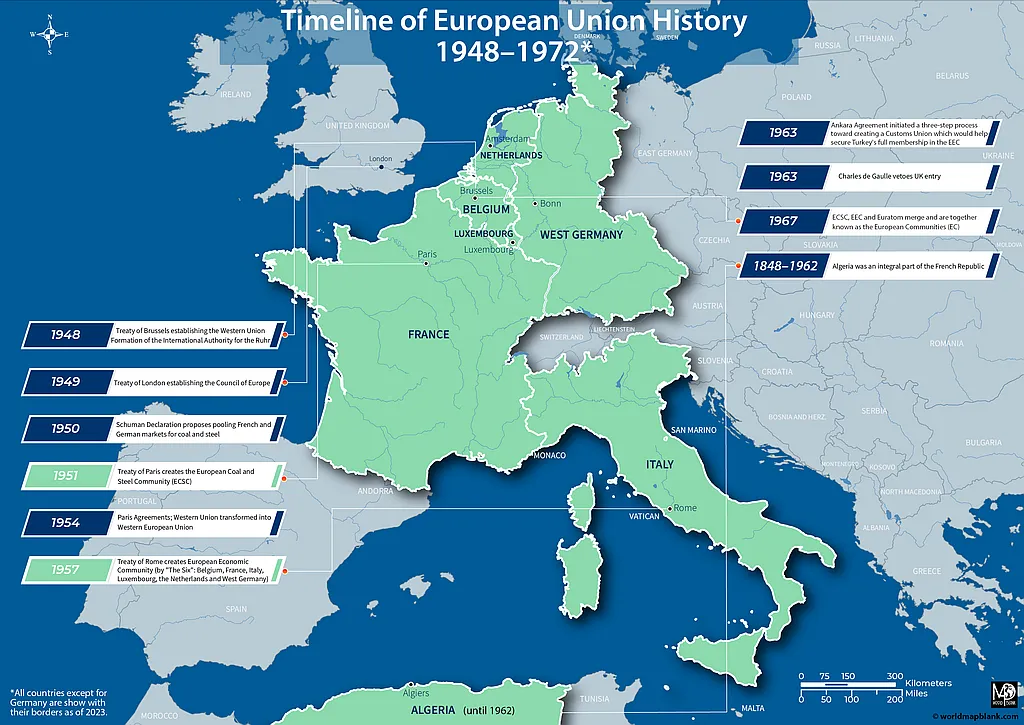
Download as PDF (A4)
Download as PDF (A5)
Our above map illustrates these early developments in EU history. It highlights the first initiators of the process of European unity and mentions crucial events in text boxes with the relevant years. Similar graphics for the subsequent evolution of the EU can be found further below.
Map of the European Coal and Steel Community (ECSC)
Our European Coal and Steel Community map provides an overview of the six countries cooperating in this early predecessor of the European Union. Algeria was an integral part of France until 1962, so it is also included as a member state of the ECSC.
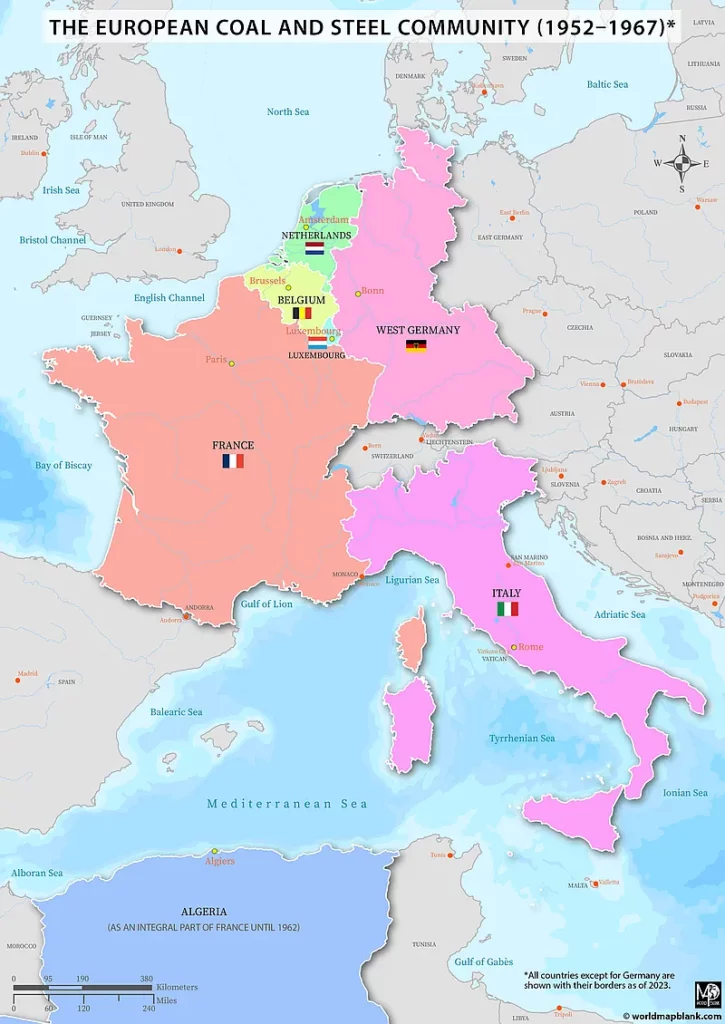
Download as PDF (A4)
Download as PDF (A5)
The European Coal and Steel Community (ECSC) was created in 1951 by Belgium, France, West Germany, Italy, the Netherlands, and Luxembourg. It aimed to rejuvenate and integrate key industries in Western Europe. Emerging from the ruins of the Second World War, nations recognized the need for cooperation and mutual growth, and the coal and steel sectors, pivotal to industrial development and military applications, were chosen as the starting points.
The primary purpose of the ECSC was to create a common market for coal and steel, thereby preventing competition over these vital resources, which had historically been a cause for conflict. By pooling these industries, it was hoped that war between these countries would become unthinkable and materially impossible.
Moreover, the treaty provisions established mechanisms to monitor and manage production, pricing, and investments in the coal and steel sectors. The aim was to foster collaboration, ensure fair competition, improve living standards, and accelerate the growth of less developed regions within the member states. By entwining their economic interests, the ECSC laid the groundwork for deeper integration and was a significant step towards creating the broader European community.
European Economic Community Map
The next step in the evolution of European unity was the creation of the European Economic Community. The map below shows the EEC members and the years they joined the community.
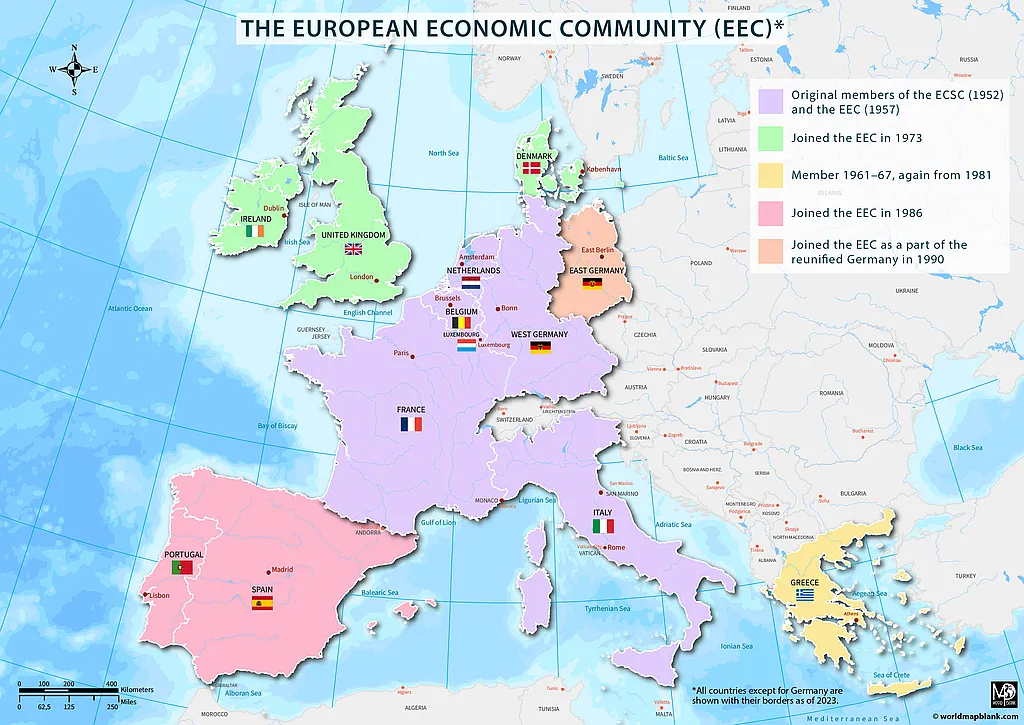
Download as PDF (A4)
Download as PDF (A5)
The European Economic Community (EEC) was established alongside the European Atomic Energy Community (Euratom) by the Treaties of Rome in 1957. The primary goal of the EEC was to foster economic growth among its members through the creation of a common market and the harmonization of national economic policies. By eliminating trade barriers and allowing for the free movement of goods, services, capital, and labor, it aimed to promote greater integration and cooperation among its member nations.
The EEC founding members were the same six nations that formed the ECSC: Belgium, France, West Germany, Italy, the Netherlands, and Luxembourg. Their collaboration in the EEC went beyond the coal and steel sectors, encompassing a broader range of industries and sectors. With the establishment of the EEC, Europe took another significant step toward achieving a united and prosperous continent.
From the European Communities to the European Union
The period between 1972 and 1993 marked significant developments in the journey towards a united Europe. The European Communities, initially primarily focused on economic collaboration, began evolving towards a more comprehensive political and economic union.
A milestone in this transformation was the Single European Act of 1986. It aimed at establishing an internal market without barriers, paving the way for the free movement of goods, services, people, and capital. This commitment led the way to more profound integration efforts.
The reunification of Germany in 1990 was another pivotal event. As East and West Germany became one, the dynamics within the European Communities changed, underscoring the need for reforms to accommodate this newly expanded state and address its challenges and opportunities.
This growing momentum for closer union culminated in the Maastricht Treaty of 1992. This treaty founded the European Union and laid down provisions for creating a common European currency, the Euro, enhancing economic integration. The Maastricht Treaty also mapped out the path for a more profound political union, thus expanding the vision and ambitions of the European project.
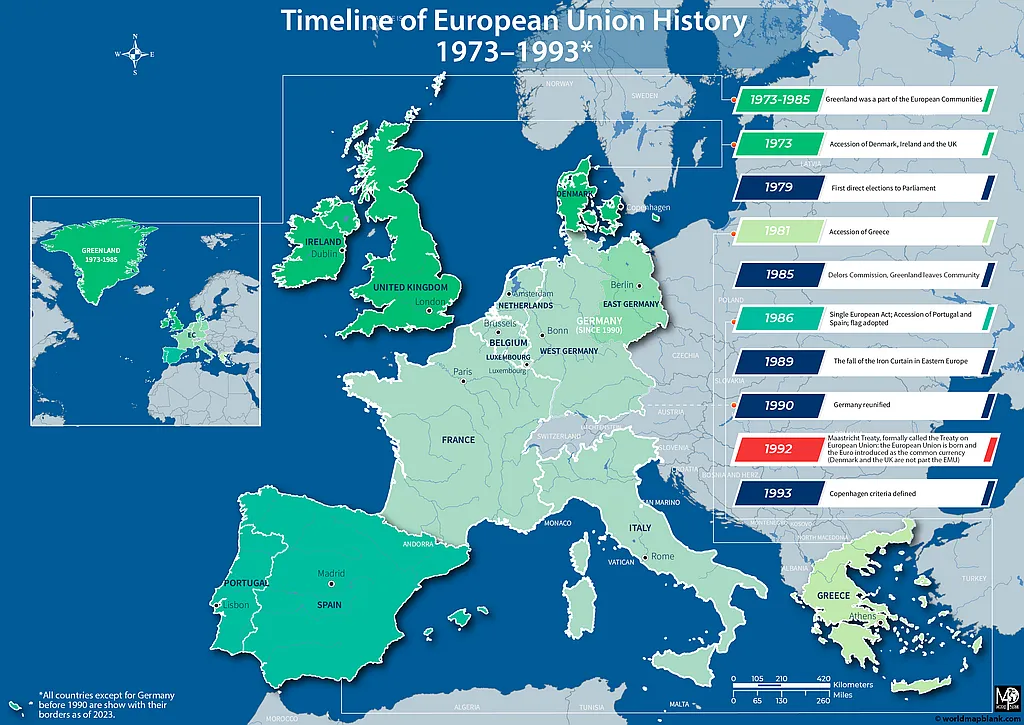
Download as PDF (A4)
Download as PDF (A5)
The above timeline map covers the significant events from 1973 to 1993. It is our second map of this kind in a series of four. You can download them all to complete your EU maps collection.
Enlargement of the European Union (1994-2004)
At the heart of its administrative structure are several key bodies, each playing a distinct role in the governance of the Union. In particular, these are the European Parliament, the European Council, and the European Commission.
- The European Parliament represents the citizens of the EU. The populace of member states directly elects members of the Parliament, and they play a pivotal role in the legislative process. They scrutinize, debate, and vote on laws that impact the entirety of the Union.
- The European Council consists of the EU members’ heads of state or government. It sets the overall political agenda and direction for the Union. While it does not exercise legislative functions, the European Council offers guidelines and impulses for the Union’s development and determines its foreign policy objectives.
- The European Commission serves as the executive branch of the EU. It proposes new legislation, ensures the implementation of EU laws, and monitors member states’ adherence to the shared rules and regulations. The Commission also has the task of representing the EU internationally, particularly in trade and specific aspects of foreign policy.
Our following EU timeline map below illustrates the decade between 1994 and 2004. This period witnessed significant shifts and expansions within the European Union.
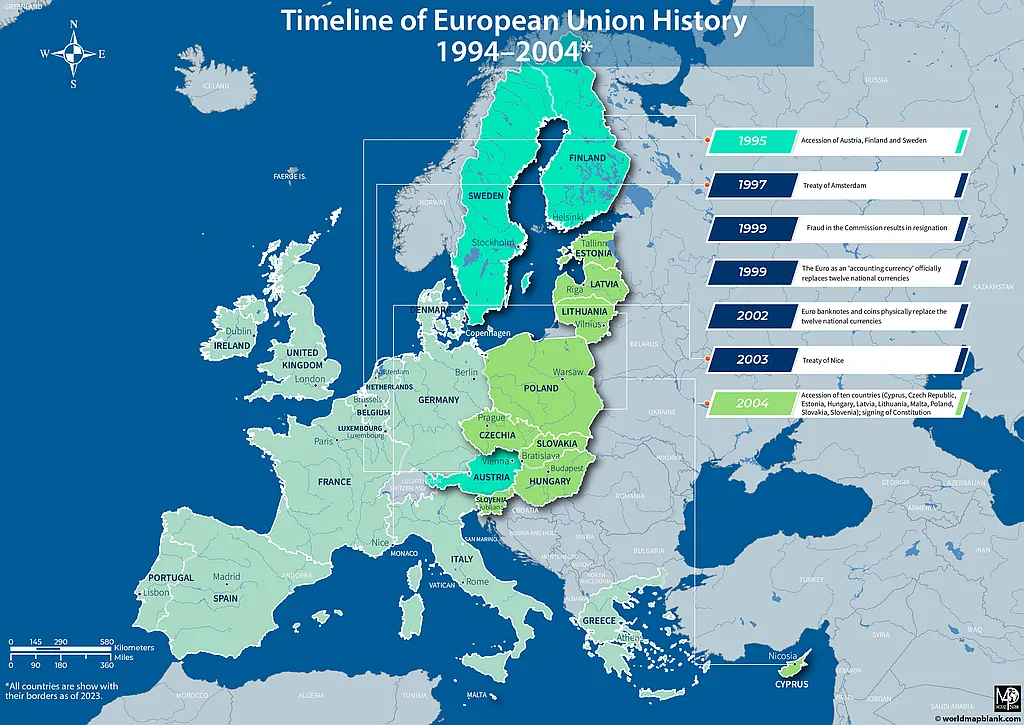
Download as PDF (A4)
Download as PDF (A5)
One of the most defining aspects of this era was the enlargement process, where the Union embraced many European countries, mainly from Central and Eastern Europe.
In the latter part of the 20th century, as the appeal of the European Union grew, more countries sought membership, hoping to benefit from its free trade area, the promise of economic growth, and political stability. A series of international treaties set the foundational framework to accommodate this expansion, notably the Treaty of Amsterdam (1997) and the Treaty of Nice (2001). These treaties introduced reforms to the EU’s institutional structure, making it feasible for more member states to join while ensuring the efficiency and effectiveness of the Union’s decision-making processes.
A landmark moment in this decade was the introduction of the Euro as the physical common currency on January 1, 2002. Initially, 12 countries – Austria, Belgium, Finland, France, Germany, Greece, Ireland, Italy, Luxembourg, the Netherlands, Portugal, and Spain – replaced their national currencies with the Euro, strengthening economic ties and solidifying the EU’s vision for a unified economic space.
Furthermore, the desire for membership was particularly strong in central and eastern Europe, as nations in these regions aspired to align with the EU’s standards and values. This led to the largest single enlargement in 2004 when 10 countries – Cyprus, the Czech Republic, Estonia, Hungary, Latvia, Lithuania, Malta, Poland, Slovakia, and Slovenia – joined the Union. This was followed shortly by the accession of Bulgaria and Romania in 2007, bringing the total to 13 new member states in a relatively short period.
Recent European Union History and Brexit (2005-2020)
In recent years, from 2005 to 2020, the European Union faced numerous challenges and significant events, with Brexit standing out as a watershed moment in its history.
In 2007, the Union expanded further with the accession of Bulgaria and Romania, solidifying the EU’s footprint in Eastern Europe. Around the same time, to address the need for more streamlined decision-making and more precise definitions of member state responsibilities, the Lisbon Treaty was signed in 2009. This treaty was pivotal in amending the foundational EU laws, simplifying the national regulations, and fortifying the rights of EU citizens.
However, the latter part of this period was heavily dominated by the UK’s relationship with the EU. The financial crisis 2008 had profound implications for European countries, leading to debates about the merits and demerits of European Union membership among member states, with the United Kingdom being at the epicenter of such discussions.
This culminated in the UK’s 2016 referendum on exiting the EU, commonly known as “Brexit”. In a historic vote, the majority of the British public opted to leave the European Union. Following this, the UK formally notified the European Council of its intention to withdraw under Article 50 of the Treaty of European Union.
The following years were marked by intense negotiations to outline the terms of the UK’s departure. Finally, in January 2020, the UK and the EU ratified the withdrawal agreement, detailing the terms of their separation, marking the first time a member state has left the Union.
While the European Union continued its expansion and legislative evolution during this period, the United Kingdom’s significant departure undeniably redefined the EU landscape and posed questions about its future dynamics.
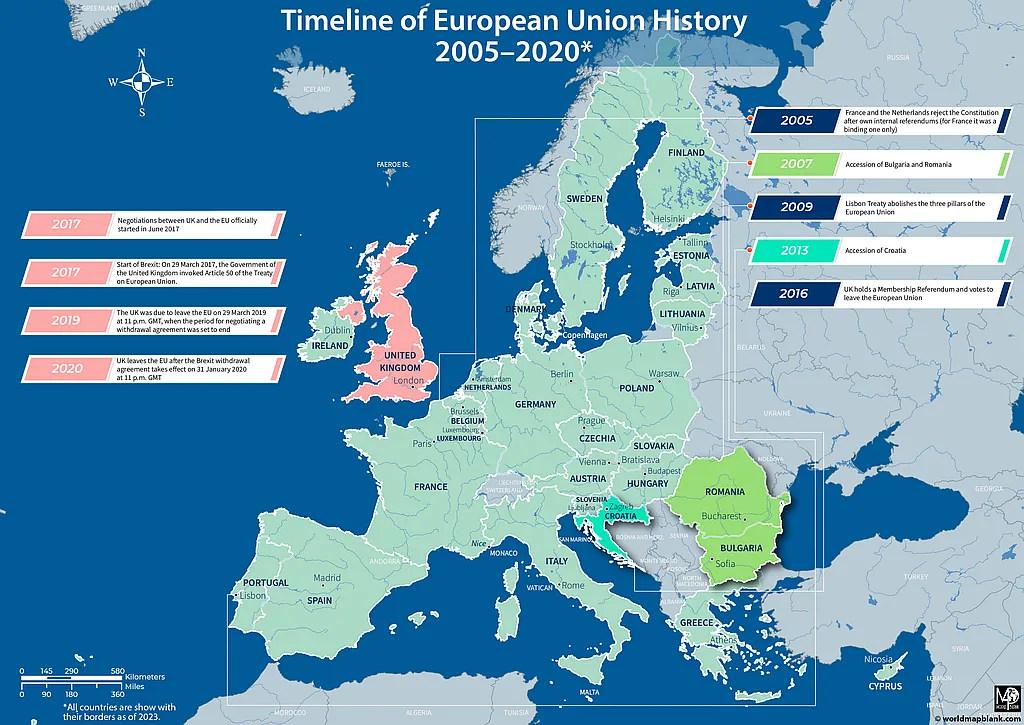
Download as PDF (A4)
Download as PDF (A5)
Our last EU countries timeline map above focuses mainly on the major events around the withdrawal of the United Kingdom and Northern Ireland from the European Union. We might add more timeline EU maps in the future.
What are the Countries of the EU?
There are currently 27 EU member states in the European Union. While their specific journey varies, they all share the common vision of a united and prosperous Europe. Below, we have created an EU members list by their respective years of accession to the EU itself or one of its predecessors.
Countries of the EU List
- Belgium (1951)
- France (1951)
- Germany (1951)
- Italy (1951)
- Luxembourg (1951)
- Netherlands (1951)
- Denmark (1973)
- Ireland (1973)
- United Kingdom (1973; left in 2020)
- Greece (1981)
- Spain (1986)
- Portugal (1986)
- Austria (1995)
- Finland (1995)
- Sweden (1995)
- Cyprus (2004)
- Czech Republic (2004)
- Estonia (2004)
- Hungary (2004)
- Latvia (2004)
- Lithuania (2004)
- Malta (2004)
- Poland (2004)
- Slovakia (2004)
- Slovenia (2004)
- Bulgaria (2007)
- Romania (2007)
- Croatia (2013)
Map of Candidate Countries for EU Membership
The potential for European Union membership represents an opportunity to benefit from the economic, political, and social advantages of being an EU member. Our last map provides an overview of the candidate countries and their current status as of 2023.
These countries can be divided into four categories representing how close they are to becoming an EU member state. While Albania, Montenegro, North Macedonia, and Serbia are already negotiating EU membership, Bosnia and Herzegovina, Moldova, and Ukraine have been recognized as candidates. These nations are in the process of aligning their standards and regulations with EU norms, awaiting the official start of negotiations. Among the potential candidates are Georgia and Kosovo, while the talks with Turkey have been frozen due to various political, economic, and socio-cultural issues.
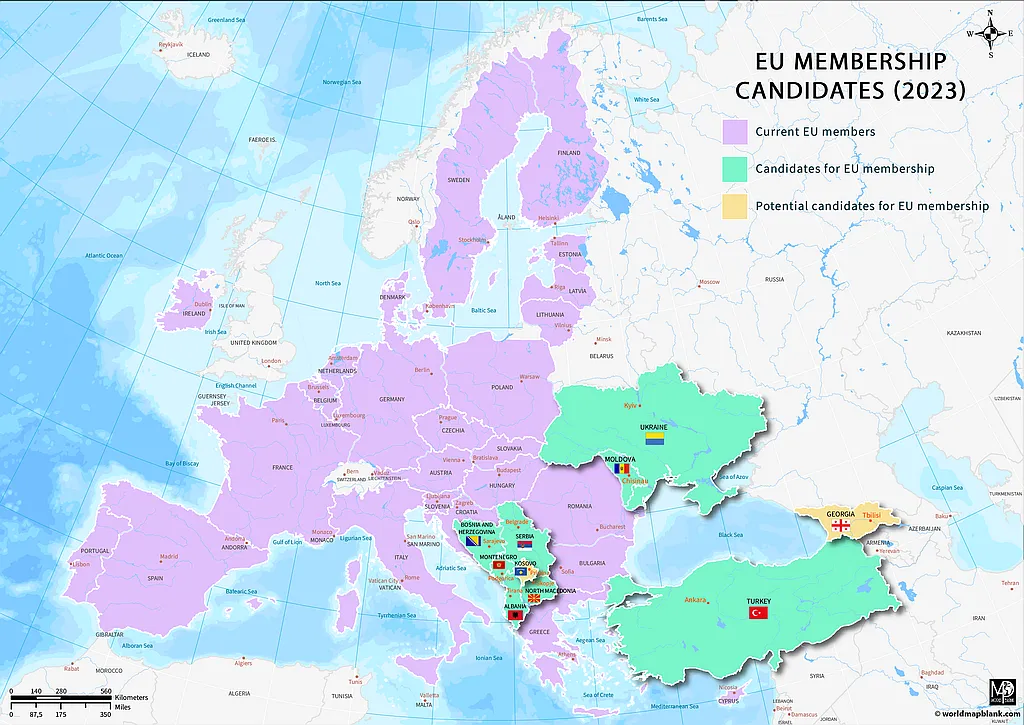
Download as PDF (A4)
Download as PDF (A5)
This concludes our collection of free and downloadable PDF maps about the history of the European Union and the EU countries. We hope these maps are helpful to you, but if not, please get in touch with us and let us know what kind of European Union map you need. Our mapmaking experts might be able to create it for you.
FAQ about the European Union
If you still have particular questions about the European Union, you might find the answers in the following FAQ section.
What is the Purpose of the European Union?
The purpose of the European Union is outlined in the Treaty of Lisbon. The main objective of the EU is to promote peace, well-being, and the core values of its people. It aims at providing its citizens with a region of freedom, security, and justice, fostering economic development, social inclusion, and sustainability. Other purposes are respecting cultural diversity and heritage, establishing an economic and monetary union, engaging globally to protect human rights and promote international law, and pursuing its objectives through appropriate means within its conferred competence.
Which EU country is the largest?
According to official EU data, France is the largest country in the EU, with a total surface of 633,886 km².
Which EU country is the smallest?
The smallest EU country is Malta, with an area of 313 km².
Which European Union country has the largest population?
As of 2023, the European Union country with the largest population is Germany, with nearly 84 million, followed by France (68 million) and Italy (59 million).
What are the official languages of the EU?
There are 24 official languages in the EU (as of 2023). These languages are Bulgarian, Croatian, Czech, Danish, Dutch, English, Estonian, Finnish, French, German, Greek, Hungarian, Irish, Italian, Latvian, Lithuanian, Maltese, Polish, Portuguese, Romanian, Slovak, Slovene, Spanish, and Swedish.
When did the UK leave the European Union?
The United Kingdom left the EU on 31 January 2020. The referendum for “Brexit” took place on 23 June 2016 and was followed by years of negotiations between the UK and the EU about the formalities of the withdrawal.
Which European countries speak English?
The EU countries that speak English as their official language are the Republic of Ireland and Malta. However, even after Brexit, English remains one of the EU’s three most important official languages, next to French and German.
What are the largest cities in the EU?
The biggest cities in the EU by population within the city limits are Berlin (3.8 million), Madrid (3.3 million) and Rome (2.7 million). However, the largest urban area in the EU is Paris, with over 11 million inhabitants.
Which EU countries use the Euro?
The 20 European Union countries that use the Euro as their official currency are Austria, Belgium, Croatia, Cyprus, Estonia, Finland, France, Germany, Greece, Ireland, Italy, Latvia, Lithuania, Luxembourg, Malta, Netherlands, Portugal, Slovakia, Slovenia, and Spain (as of 2023).
Which countries are candidates to be in the European Union?
The candidate countries for membership in the EU are Albania, Montenegro, North Macedonia, and Serbia (negotiating membership), Bosnia and Herzegovina, Moldova, and Ukraine (candidates), Georgia and Kosovo (potential), and Turkey (negotiations frozen).
Related Free Maps
Here is a short list of related maps that could also interest you. All of them can be downloaded for free as PDF files. Apart from the maps mentioned here, we also offer many country maps, continent maps, world maps, USA maps, map worksheets, and other geographical resources.
Europe Maps
European Country Maps
- Germany map with cities
- Blank map of Germany
- France map with cities
- Blank map of France
- Italy outline map
- Map of Italy with cities
- Outline map of Spain
Continent Maps
World Maps
With maps created by:
Olha Bosenko is an expert cartographer and GIS specialist from Ukraine. With a Master's degree from Donetsk National Technical University and further certifications in GIS and cartography, Olha is highly skilled in geographic information systems. She is proficient in ArcGIS Suite and also uses Adobe Illustrator and Photoshop for her map contributions to World Map Blank.
